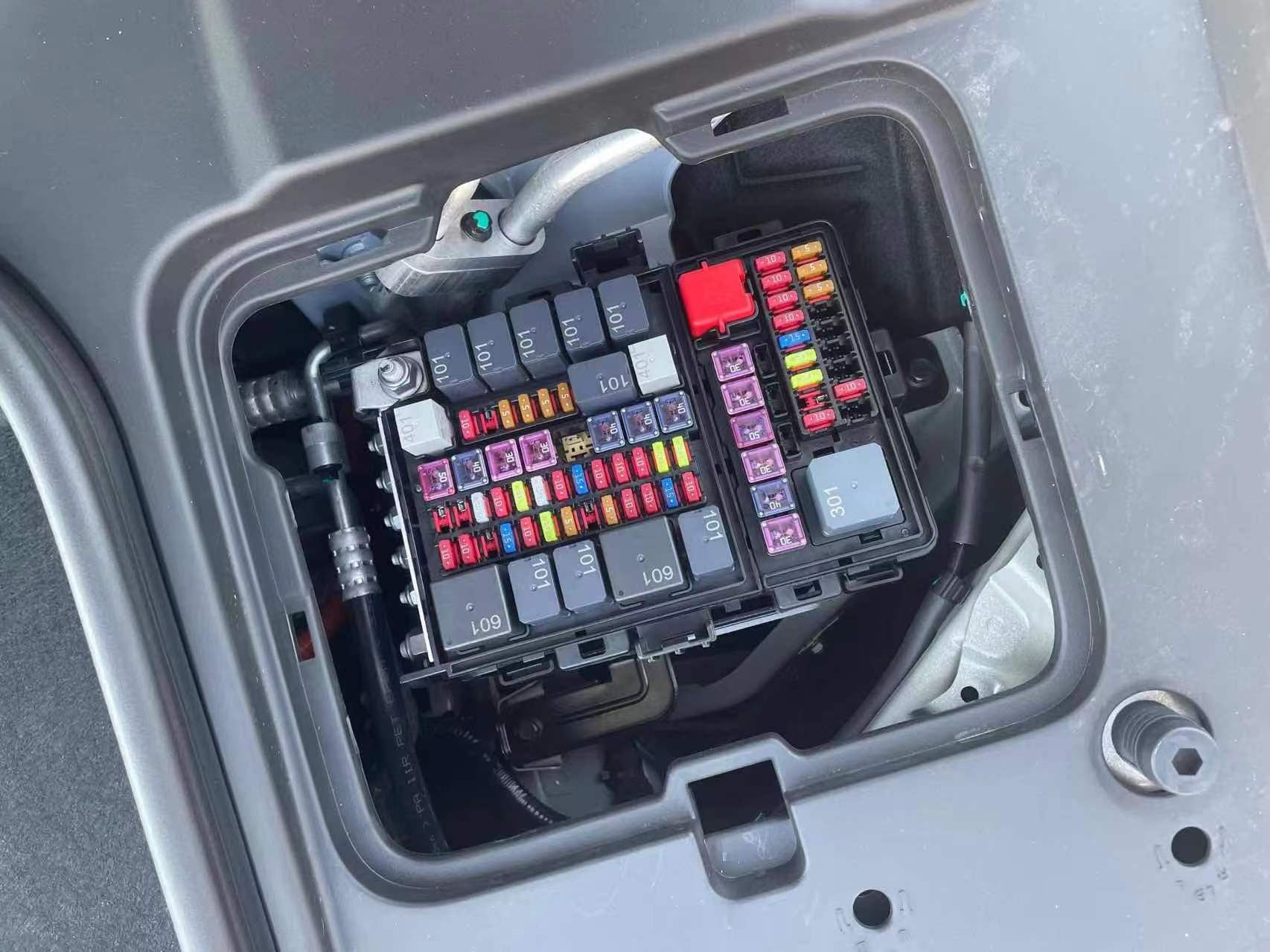exploring relay demonstrations: a key to understanding communication, electrical engineering, and sports
Release time:2025-11-16 03:09:27
Relay demonstrations are a fascinating way to showcase the working principles of relays, whether in the context of electrical engineering, communication systems, or even in the realm of sports. In all these fields, relay systems play crucial roles in transmitting signals, managing processes, and enhancing performance. This article explores the importance of relay demonstrations, highlighting their application in different domains.

Electrical Engineering: The Power of Relays
In electrical engineering, a relay is an electrically operated switch that opens or closes circuits under the control of a low-power electrical signal. It acts as an intermediary between low and high power systems, enabling control of high-power devices with low-power inputs. Relay demonstrations in this field are particularly useful in educational settings, helping students and professionals understand how relays work, their components, and their applications.
A typical relay demonstration involves showing how a small electrical current can activate the relay to switch a larger current, which is essential for controlling machines, motors, and other high-power devices. By connecting relays to simple circuits and explaining their function, such as the working of normally open and normally closed contacts, instructors can effectively demonstrate how these devices contribute to automation and control systems.

